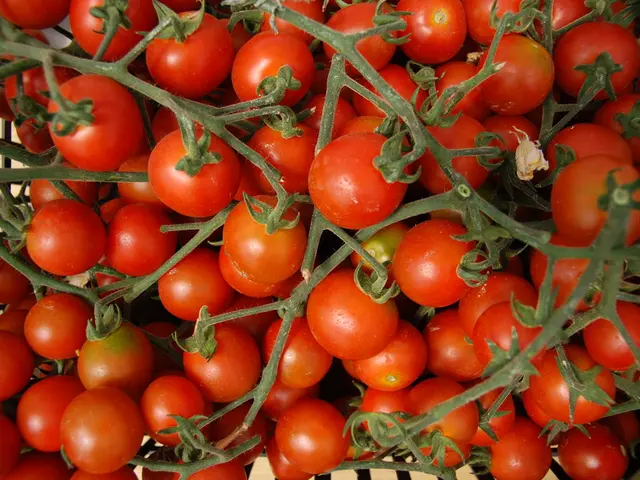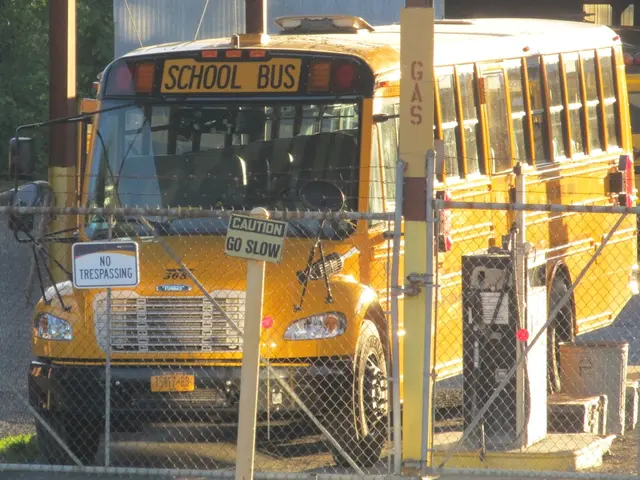Bloomin' Groovy Wildflowers: A Guide to Thriving Wildflower Gardens
Top 11 Exciting Wildflowers for a Blooming Garden
Wildflowers? Who needs 'em? Just plants that spring up anywhere, right? Not exactly. These beauties add a splash of color and charm without requiring any green thumb or dedicated gardening time. Here's a rundown of 12 top-notch wildflowers and some expert gardening advice to help you create a stunning, natural-looking wildflower paradise.
Coreopsis
Also known as tickseed, Coreopsis has a variety of perennials, tender perennials, and annuals boasting eye-catching shades like yellow, orange, pink, and red. This daisy-like flower delights both humans and critters, with deer and rabbits giving it a wide berth. But birds, butterflies, and bees can't get enough of it.
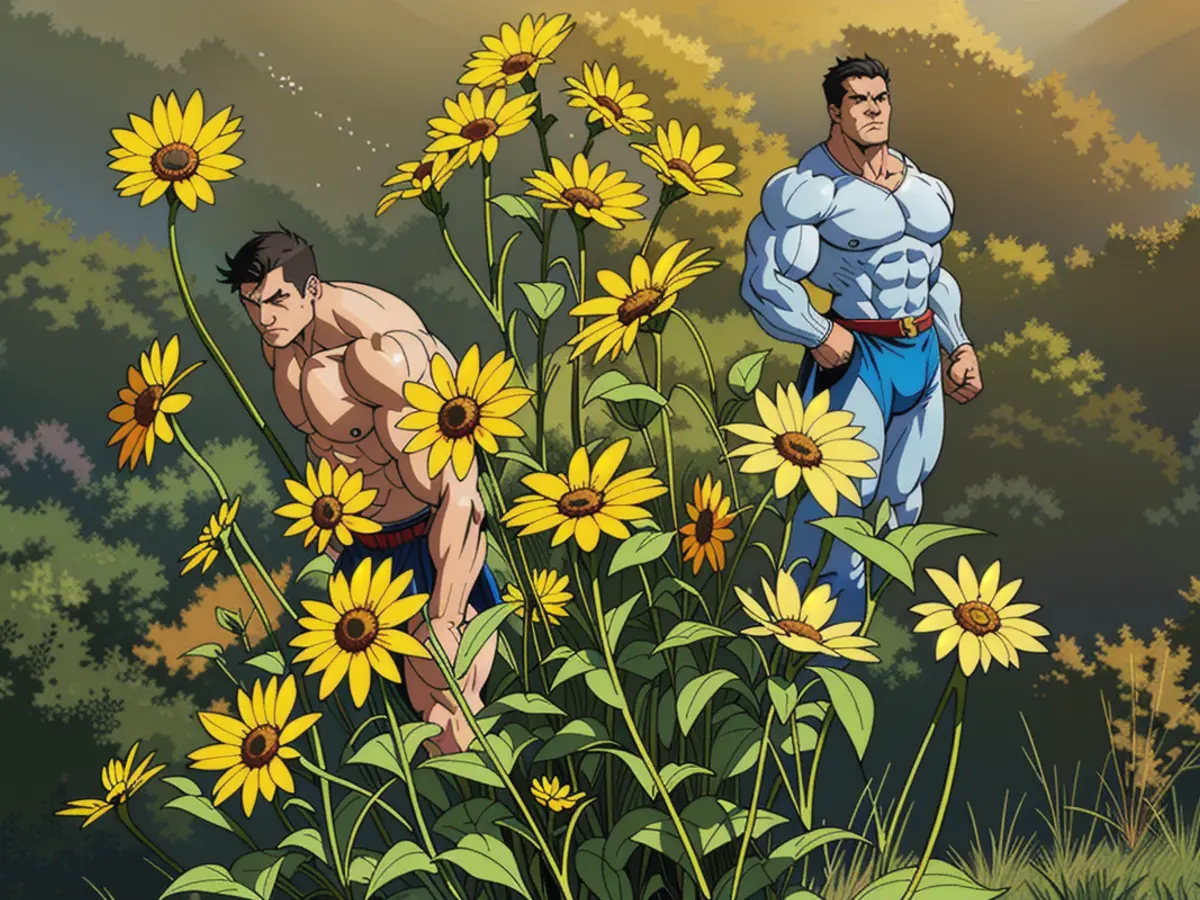
- Zones: 3-9
- Size: 1-4 feet tall; 1-3 feet wide
- Care Requirements: Ideal soil type: well-drained; Sun exposure: full sun (tolerates partial shade)
- Recommended Varieties: Lance-leaf Coreopsis (Coreopsis lanceolata), threadleaf Coreopsis (Coreopsis verticillata)
Milkweed
Milkweed is a must-have for any wildflower garden, as it's the only host plant for monarch butterflies. With over 70 species native to the US, it's also a draw for other butterflies, native bees, and hummingbirds.
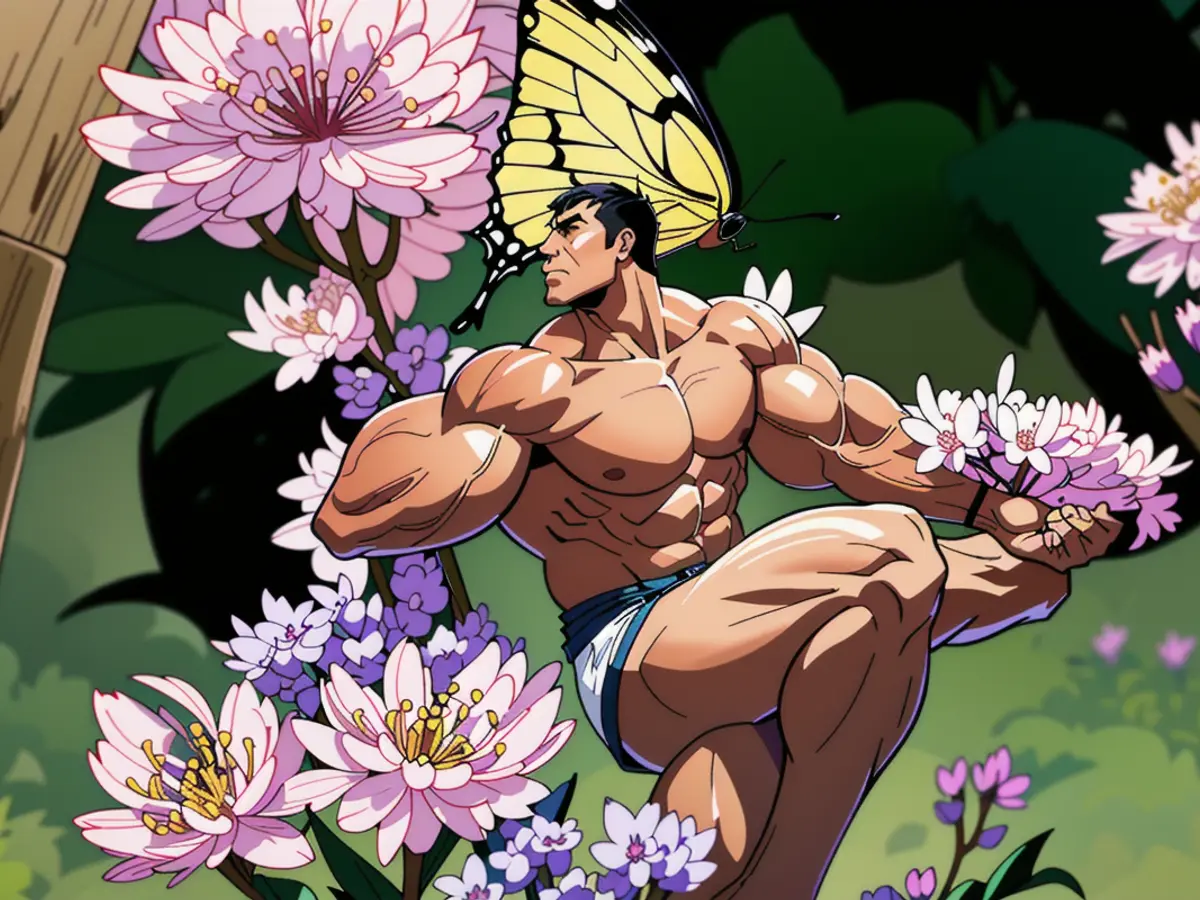
- Zones: 3-9
- Size: 1-6 feet tall
- Care Requirements: Ideal soil type: well-drained; Sun exposure: full sun
- Recommended varieties: Butterfly milkweed (Asclepias tuberosa), swamp milkweed (Asclepias incarnata)
Black-Eyed Susan
The popular Black-Eyed Susan boasts summer blooms that last through fall and pair beautifully with Purple Coneflower. This drought-tolerant plant's cheerful yellow daisy-like flowers with dark centers are not only adored by butterflies but also by gardeners looking for a low-maintenance pick.
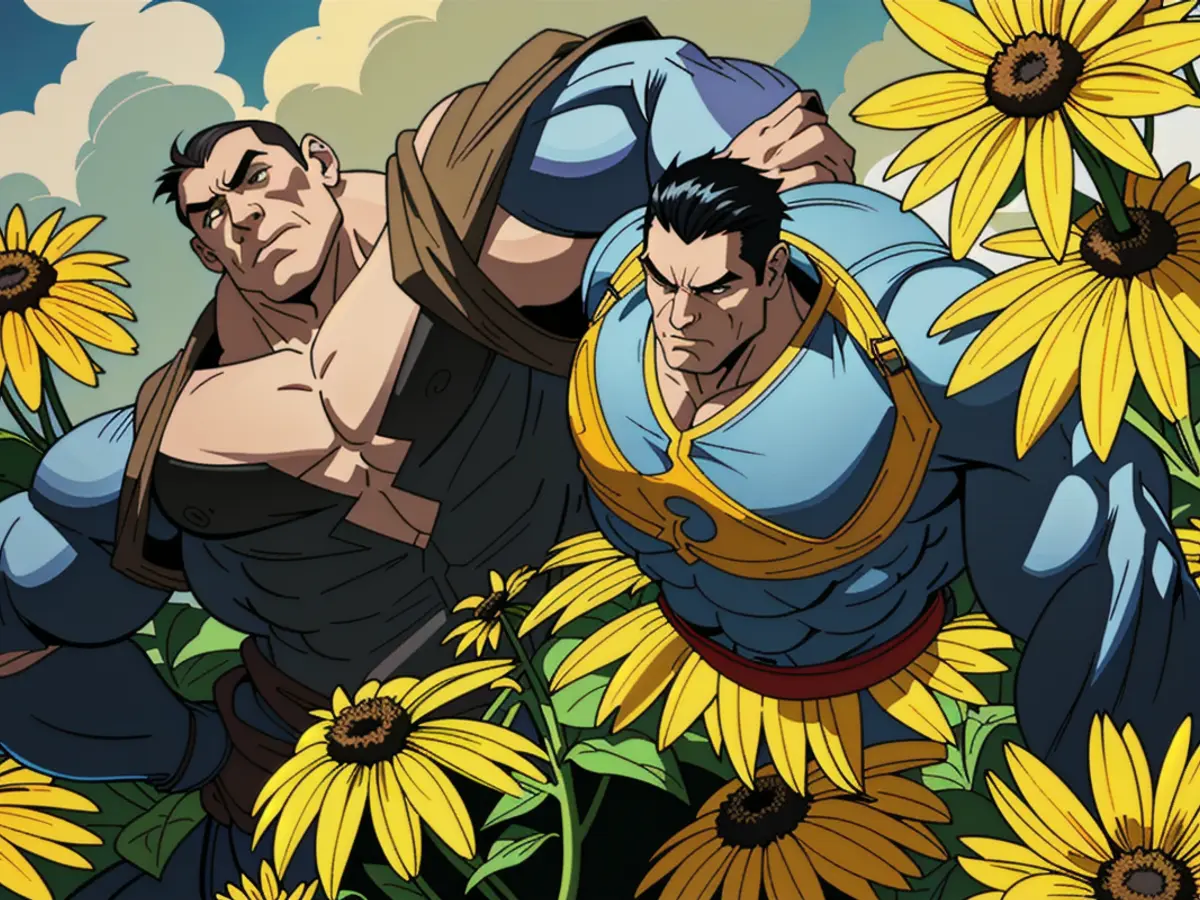
- Zones: 3-11
- Size: 1-5 feet tall; 1-3 feet wide
- Care Requirements: Ideal soil type: well-drained; Sun exposure: full sun
- Recommended Varieties: Rudbeckia hirta, a native species found throughout the United States
Cosmos
Cosmos, with their daisy-like blooms in various hues, are a breeze to grow and attract nectar and pollen-loving species of pollinators. Their tall stems and cheerful flowers make them an excellent addition to any landscape.
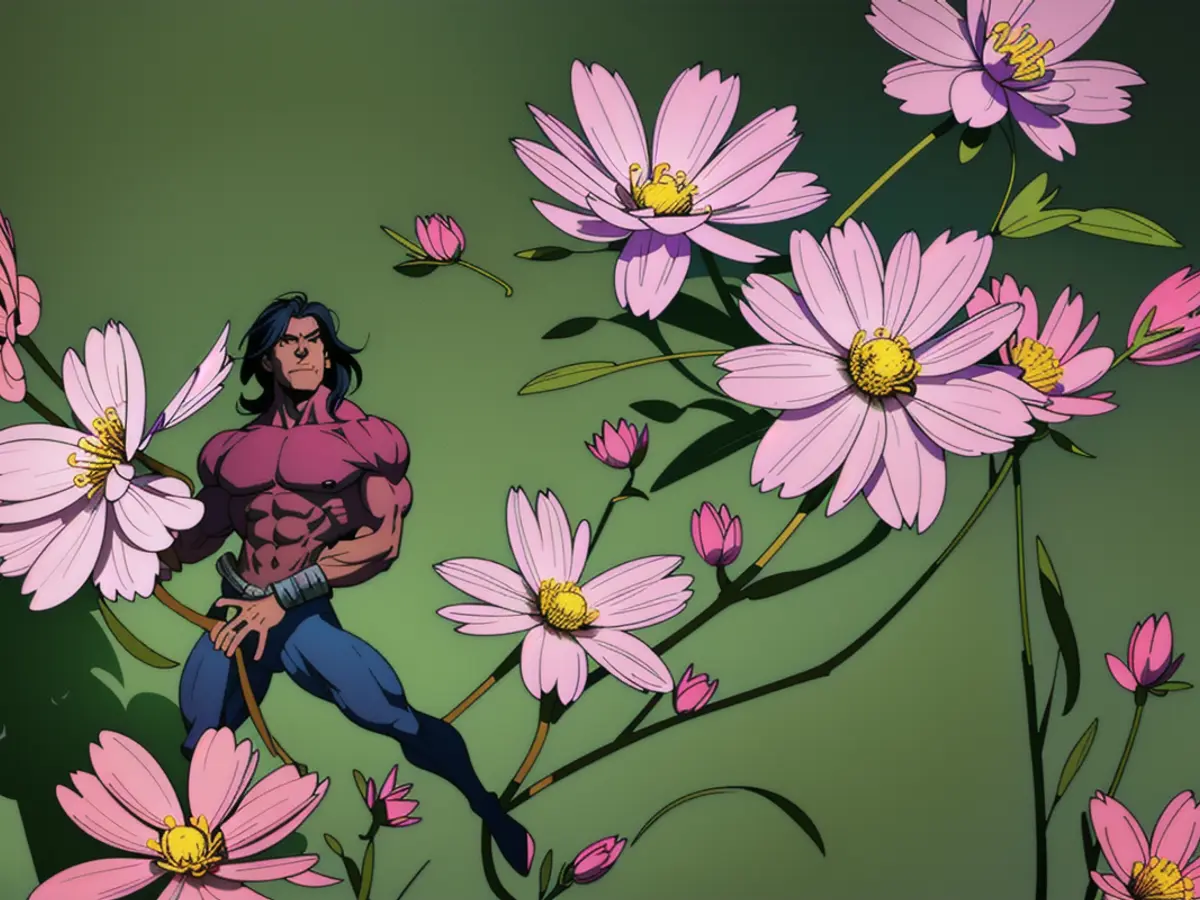
- Zones: 9-11
- Size: 1-6 feet tall; 1-2 feet wide
- Care Requirements: Ideal soil type: well-drained; Sun exposure: full sun
- Recommended Varieties: Candy Stripe Cosmos
Purple Coneflower
Purple Coneflower is a snap to grow, with long-lasting summer through fall blooms, and benefits insects while providing food for birds in late fall and winter.
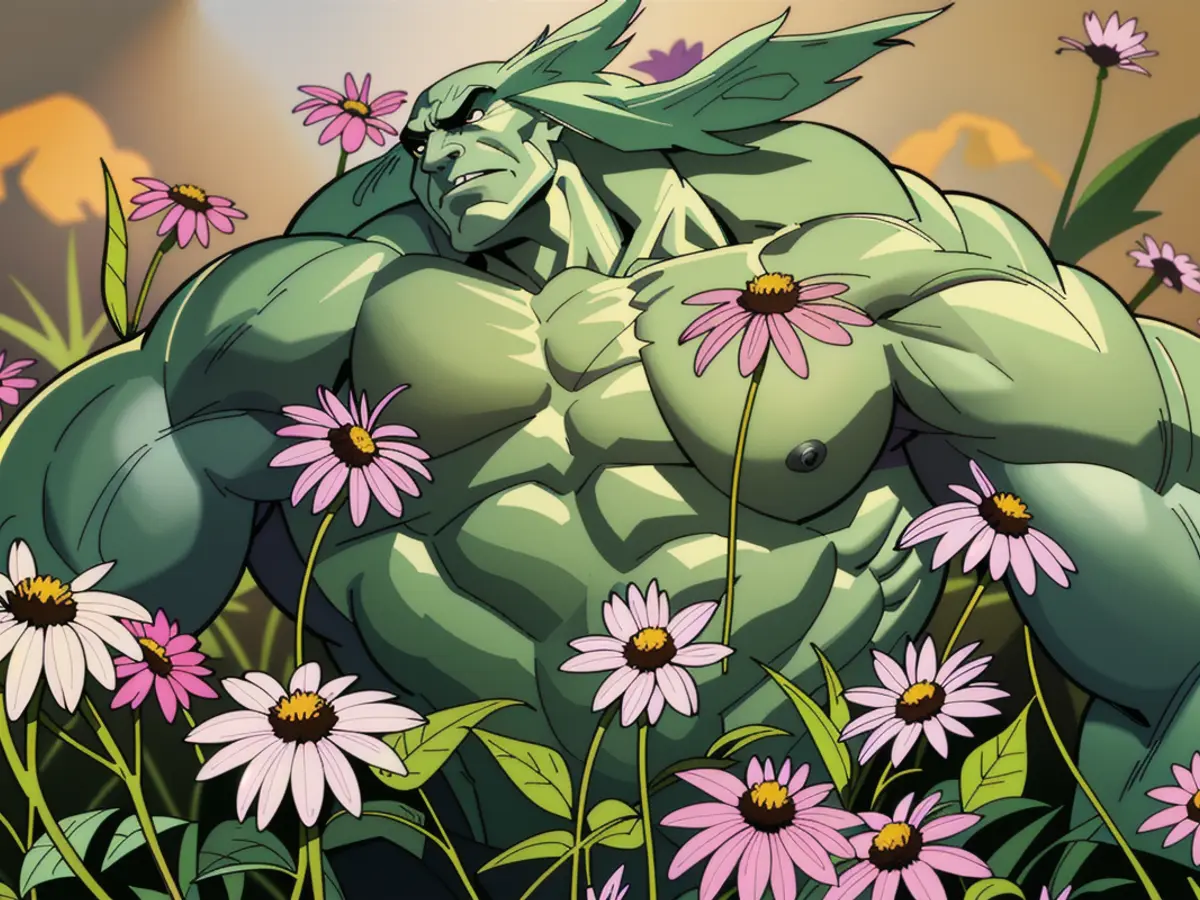
- Zones: 3-9
- Size: 2-4 feet tall
- Care Requirements: Ideal soil type: well-drained; Sun exposure: full sun to partial shade (prefers full sun)
- Recommended Varieties: Purple Coneflower is native to the Midwest and Eastern United States and can be grown throughout the US
Blanket Flower
The low-maintenance Blanket Flower blooms in spring, summer, and fall, boasting orange, red, yellow, and white petals. Deer and rabbits typically pass on this flower, but butterflies and songbirds can't resist it.
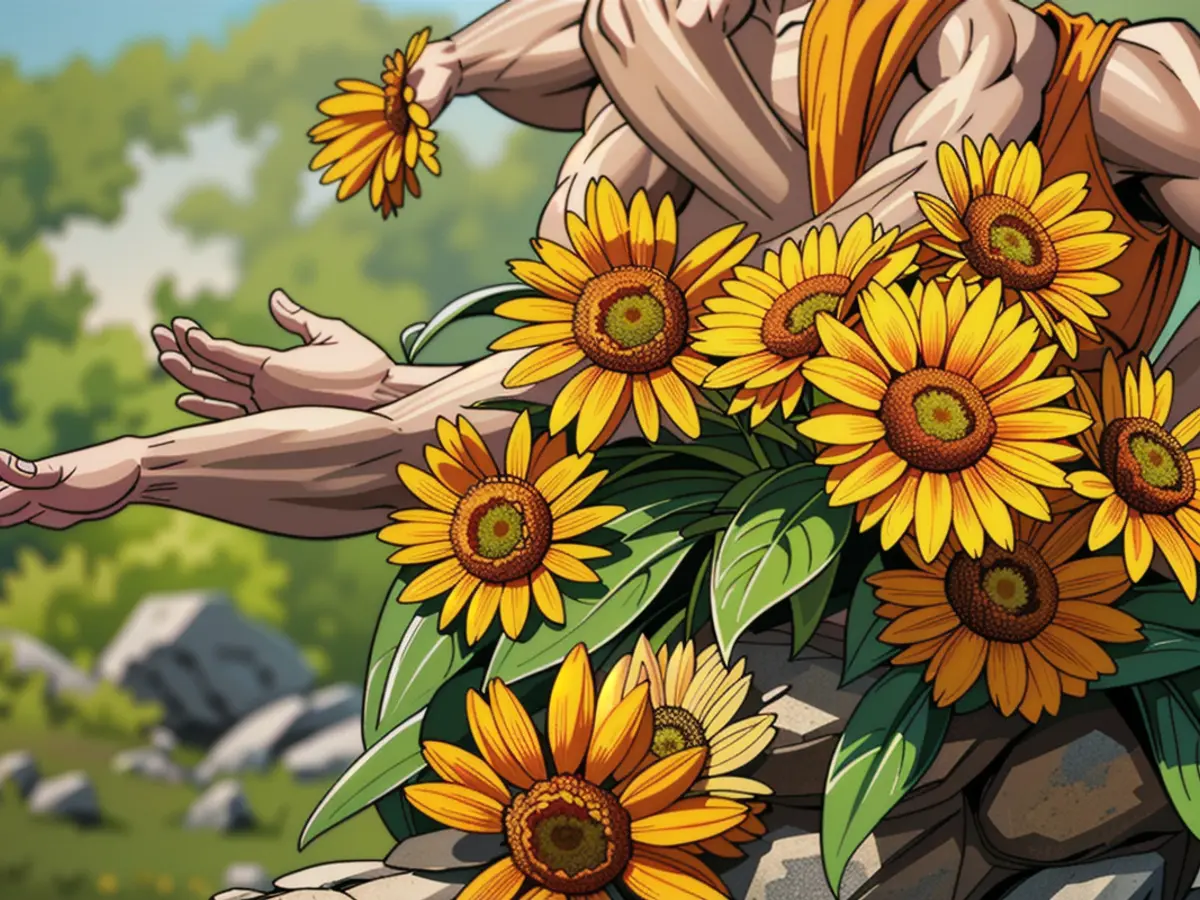
- Zones: 3-10
- Size: 2-3 feet tall; 1-2 feet wide
- Care Requirements: Ideal soil type: well-drained; Sun exposure: full sun
- Recommended Varieties: Gallardia x grandiflora
Sunflower
Sunflowers cheer up any garden with their mostly golden and yellow blooms, which attract a variety of pollinators such as butterflies, hummingbirds, birds, and beneficial insects. There are both annual and perennial varieties suitable for a wide range of sites and soil types.
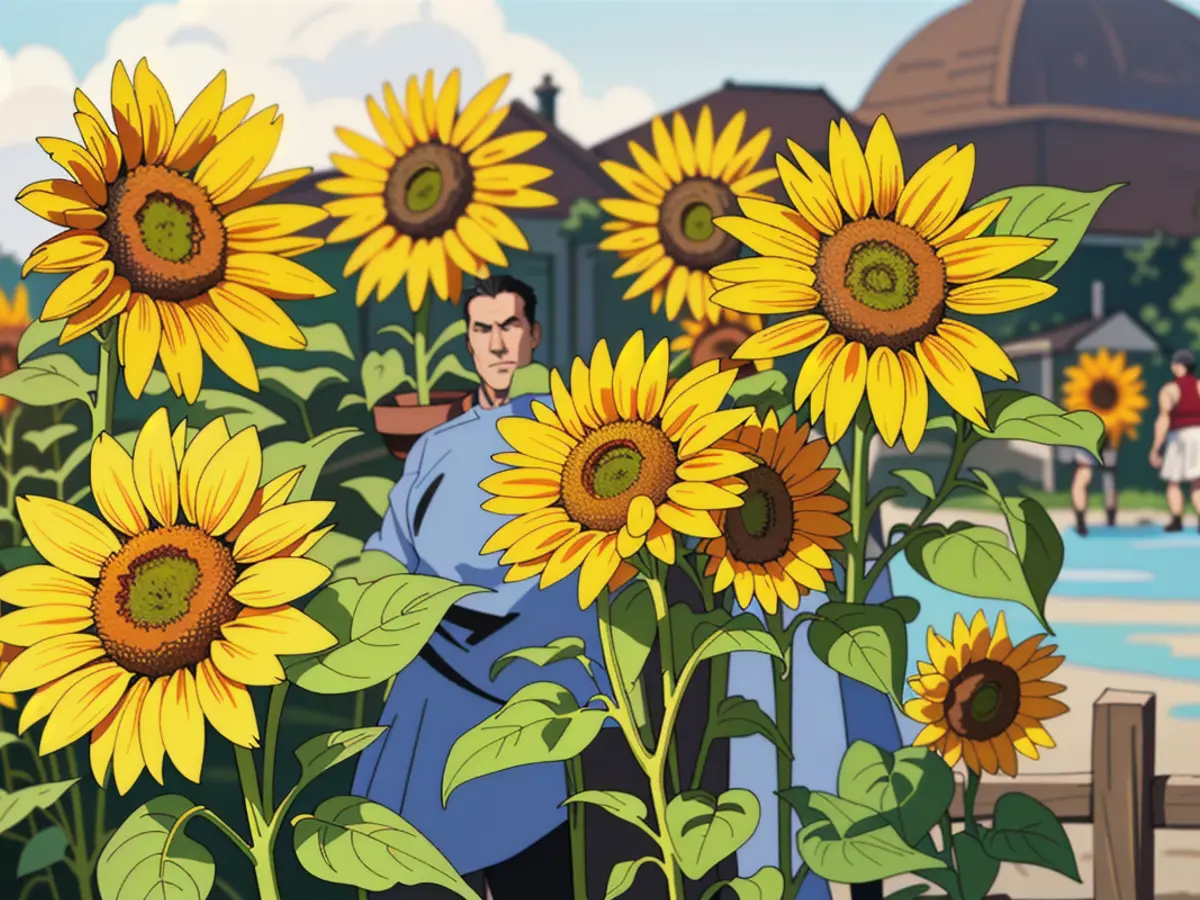
- Zones: 2-11
- Size: 1 to 10 feet tall; 1 to 3 feet wide
- Care Requirements: Ideal soil type: sunflower species-dependent (can tolerate sandy, clay, or rocky soil); Sun exposure: full sun to part shade (depending on species)
- Recommended Varieties: Try swamp sunflower (Helianthus angustifolius) in wet areas or near ponds and streams; dune sunflower (Helianthus debilis) does well in dry sandy soil
Yarrow
Hardy, versatile, and low-maintenance, Yarrow can be found in numerous colors like orange, pink, red, white, and yellow. It thrives in various conditions, including cold winters, hot and humid summers, poor soil, and drought.
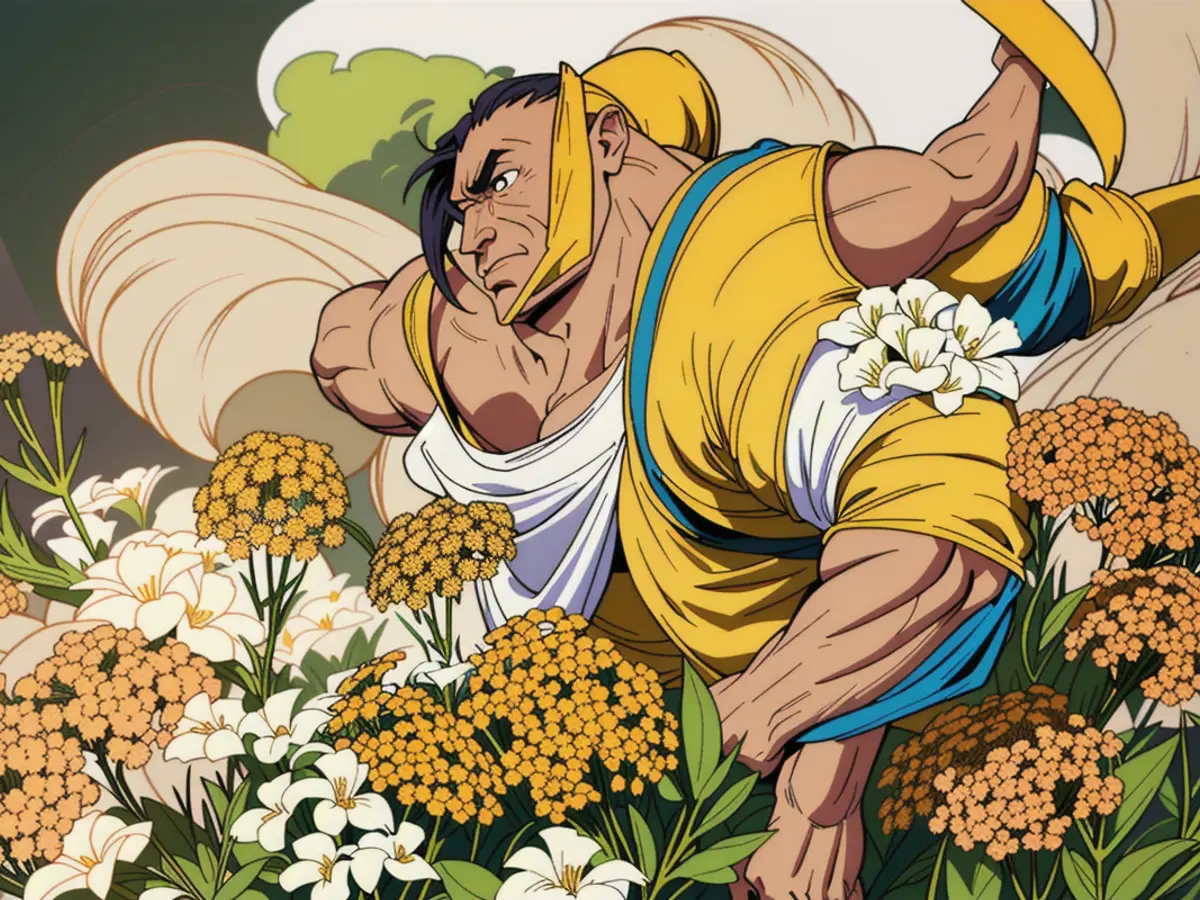
- Zones: 3-9
- Size: 6-24 inches tall; 2-3 feet wide
- Care Requirements: Ideal soil type: well-drained; Sun exposure: full sun
- Recommended Varieties: Check hardiness zones to choose the right Yarrow for your climate; Common yarrow (Achillea millefolium) is drought-tolerant and deer-resistant
California Poppy
California Poppies spring and summer blooms can grow in most of the United States. They usually reseed and come back for several years, but in colder climates, they act more like an annual. This drought-tolerant wildflower is easy to grow and add a splash of color to your garden.
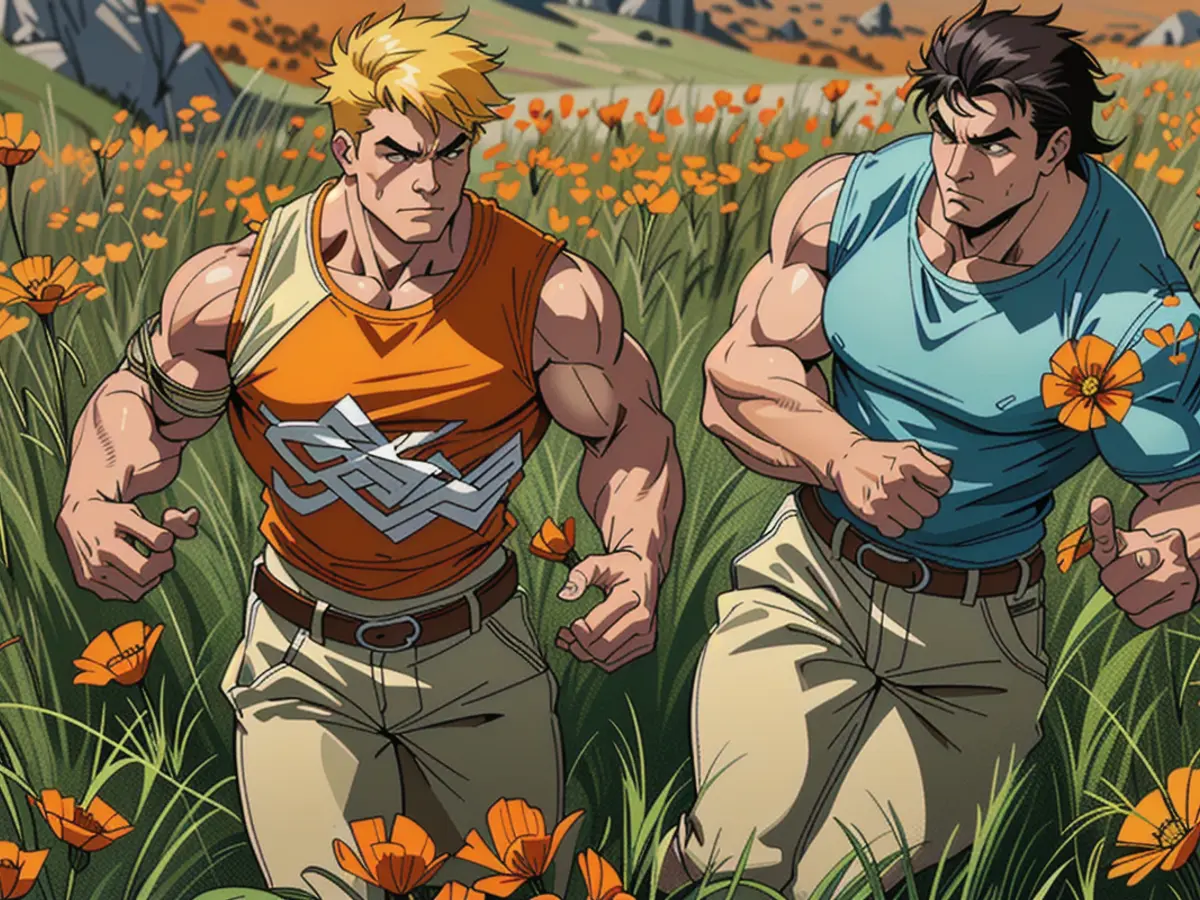
- Zones: 8-10
- Size: 8-18 inches tall
- Care Requirements: Ideal soil type: well-drained; Sun exposure: full sun
- Recommended Varieties: Some cultivars offer a wider color palette; 'Mission Bells' features pink, salmon, and cream blooms
Calendula
Calendula, also known as pot marigold, is a hardy annual in most areas. It showcases daisy-like flowers in shades of yellow and orange, with a few cooler tones available as well. This plant attracts bees, butterflies, and beneficial insects while deterring deer.
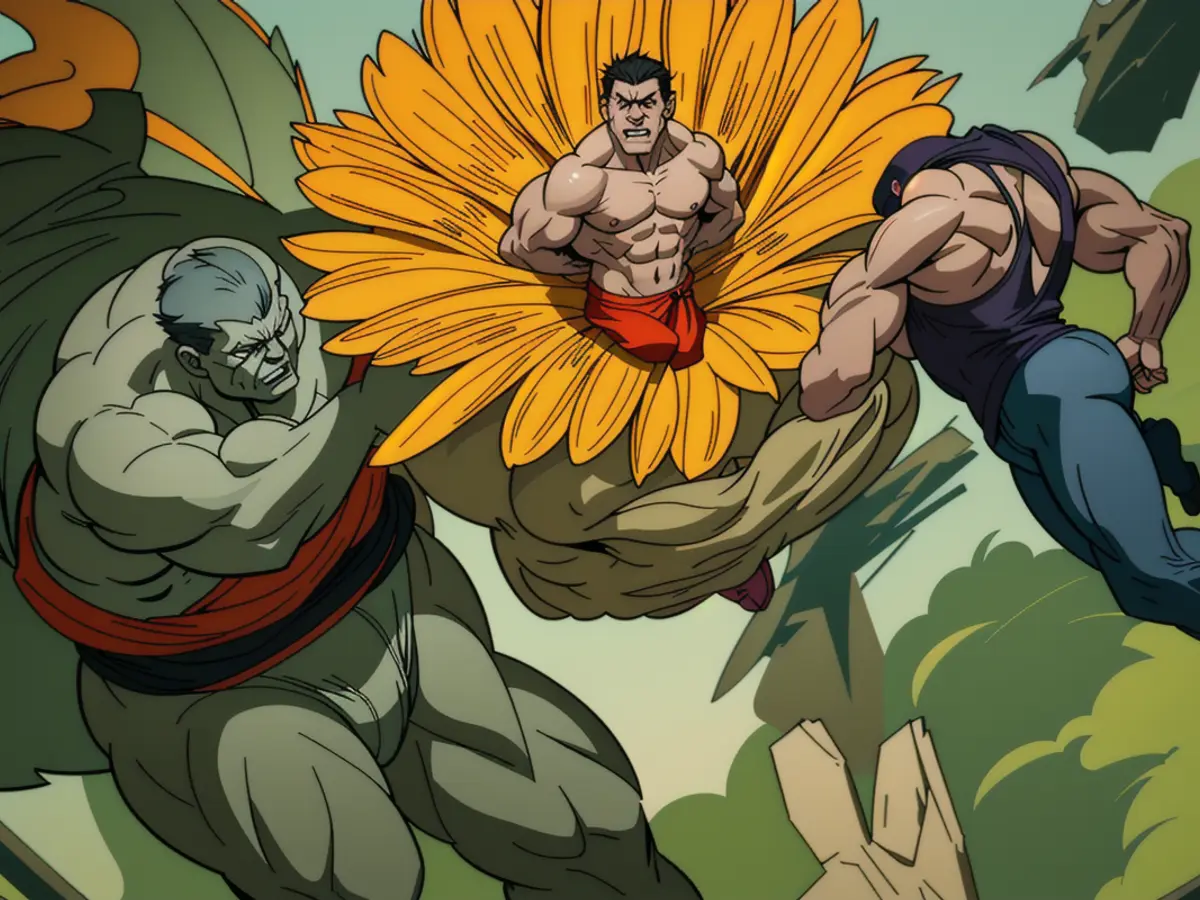
- Zones: 9-11
- Size: 1-3 feet tall; 1-2 feet wide
- Care Requirements: Ideal soil type: well-drained; Sun exposure: full sun
- Recommended Varieties: 'Oopsy Daisy' (compact, grows to 8 inches tall); 'Bronze Beauty' (peach and cream petals)
Lobelia
Lobelia, featuring over 300 species of annuals, perennials, and shrubs, offers a diverse range of colors like shades of red, blue, and purple. These flowers make a striking contrast in gardens and can thrive in partial shade as well as full sun.

- Zones: 2-11
- Size: 4 to 18 inches tall; 4 to 6 inches wide
- Care Requirements: Ideal soil type: well-drained; Sun exposure: full sun to partial shade
- Recommended varieties: Lobelia cardinalis (cardinal flower, thrives in moist soils and pleases hummingbirds)
Whether you're a seasoned gardener or a green-thumb rookie, wildflowers make an excellent addition to any garden. Choose wildflowers that joy your heart and are well-suited to your region for the ultimate bloomin' success.
To ensure your wildflower picks match your climate, refer to the USDA Plant Hardiness Zone Map. Happiness blooms when you grow the right flowers in the perfect place! 🌸😊🌻
Wildflowers, unlike commonly perceived, offer a vibrant spectrum of colors and charm without demanding extensive gardening skills or time. Bhg advises incorporating wildflowers such as Coreopsis, Milkweed, Black-Eyed Susan, Cosmos, Purple Coneflower, Blanket Flower, Sunflower, Yarrow, California Poppy, Calendula, and Lobelia in your garden. Each of these flowers caters to varying soil types and sun exposure levels, attracting a myriad of pollinators and critters. For instance, Coreopsis, with its daisy-like flowers boasting a range of colors, has a variety of perennials, tender perennials, and annuals that deer and rabbits avoid but attract birds, butterflies, and bees. Similarly, Milkweed, a must-have for any wildflower garden, not only serves as the only host plant for monarch butterflies but also lures other butterflies, native bees, and hummingbirds. To guarantee successful growth, bhg suggests consulting the USDA Plant Hardiness Zone Map before making your wildflower selections.



